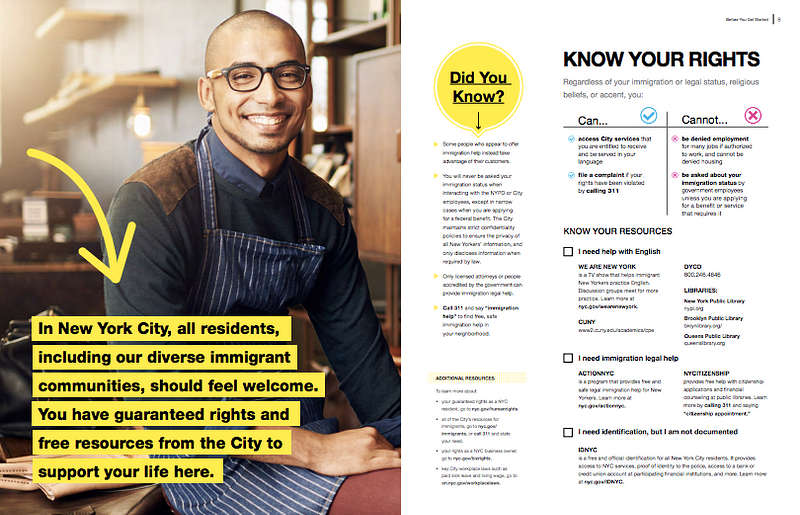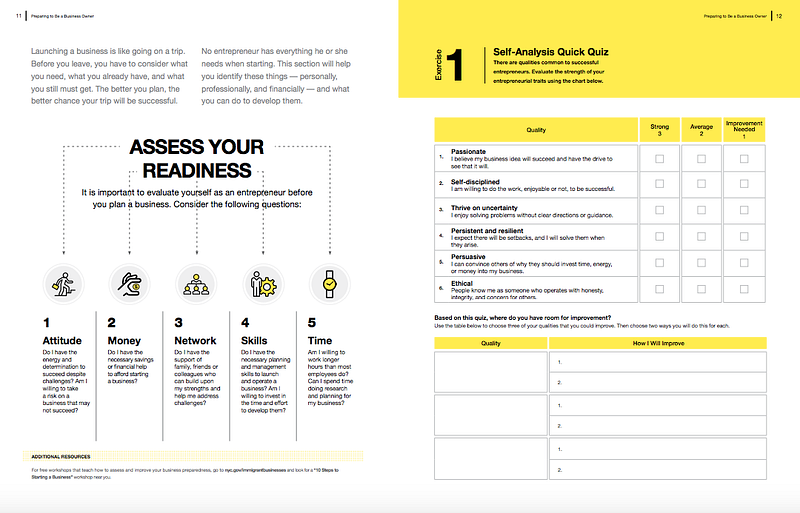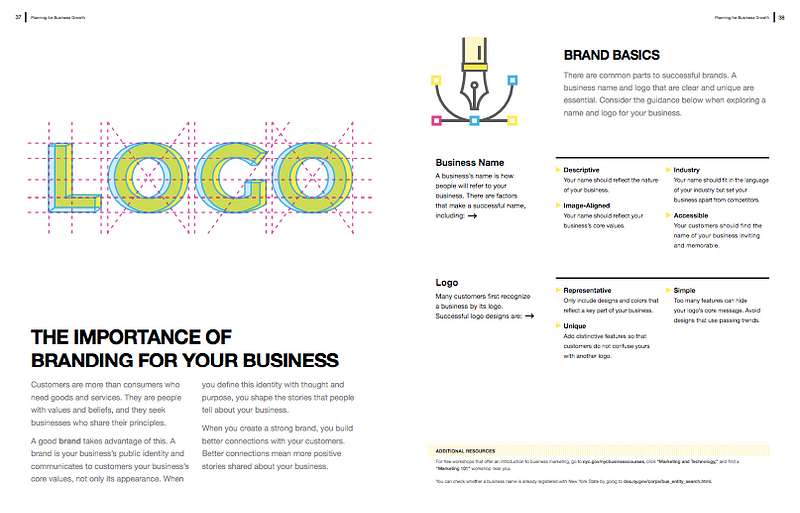Empowering NYC’s Immigrant Entrepreneurs
maio 2, 2017
A little over six months ago, I was Executive Director of Business Programs at the New York City Department of Small Business Services (SBS), the City agency dedicated to unlocking New York’s economic potential by connecting New Yorkers to good jobs, creating stronger businesses, and supporting commercial corridors across the five boroughs. From helping launch the first municipally-led effort focused on women entrepreneurs (www.we.nyc), to supporting the largest publicly-funded worker-owned business initiative in the country, my work at SBS aimed to bring the tools for entrepreneurship and wealth-building to more New Yorkers in innovative ways.
One of my proudest moments at SBS came in launching the City’s Immigrant Business Initiative. Together with Citi Community Development, SBS worked with immigrant community-based organizations to develop business services specifically for immigrant entrepreneurs with limited English proficiency whose primary language was Spanish, Chinese (Mandarin and Cantonese), Haitian Creole, Russian, Korean, and Bengali.
Our goal was to expand economic opportunity by ensuring that every entrepreneur — no matter where they are from or where they live— has the resources they need to succeed and thrive in New York City. By expanding educational offerings in seven non-English languages, building partnerships with community-based organizations and libraries, and creating programs that respond directly to the needs of immigrants the City aims to build community trust and capacity in immigrant communities with the objective of directly supporting at least 10,000 immigrant New Yorkers by 2018.

Recently SBS took a big leap toward this goal by releasing Building Your Business in New York City: A Guide for Immigrant Entrepreneurs. This comprehensive guide, soon to be translated into six languages, offers immigrant entrepreneurs practical information and actionable advice to launch their own ventures and addresses their unique challenges. From knowing your rights of immigrant New Yorker, signing a commercial lease, and navigating government, the guide provides trusted information and clarity to a community that is too often victim to fraud and paying expensive middle-men and expediters to complete simple tasks.
The guide offers advice to tackle common challenges faced by immigrant entrepreneurs and business-owners. Structured as a workbook with infographics, “Did You Know” bubbles calling out potential frauds and FAQs, and links to additional resources, the guide covers everything from how to structure and finance your business, to branding and marketing your products. The development of the guide involved extensive conversations with immigrant service providers, entrepreneurs themselves, and experts in adult education.

New York City is one of the great international capitals, a city that draws immigrants from countries all over the world and where one can find every culture and every language represented. More than one-third of New Yorkers are foreign-born and approximately six out of every 10 New Yorkers are either immigrants or the children. While immigrants represent a sizeable portion of New York’s population, they also tend to be more entrepreneurial than nonimmigrants. The Kauffman Index of Entrepreneurial Activity, which tracks monthly business creation, found that nationally, immigrants were nearly twice as likely as nonimmigrants to start businesses nationwide. In New York City, immigrant New Yorkers represent a little over one-third (37 percent) of the city’s population but own almost half (47 percent) of all small businesses.

If New York City hopes to continue to be the model for innovation and inclusive growth, we must ensure this city remains one of possibility and success for all. The release of Building Your Business in New York City: A Guide for Immigrant Entrepreneurs moves us one step closer towards that goal.
Hats off to my colleagues at SBS for releasing this important resource. Give the guide a look and let me know what you think.
Originally published on Medium.
Um guia digital de combate à desinformação.